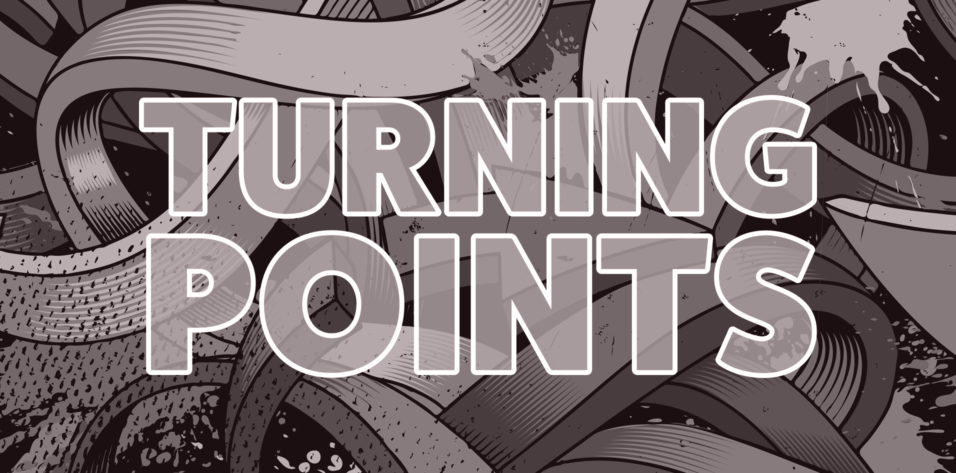A 69-year-old woman presented for cataract surgery with complaints of difficulty reading street signs and driving at night due to glare from oncoming headlights. The patient’s BCVA was 20/60 OD and 20/50 OS, and her manifest refraction was +1.25 -1.75 X 90° OD and +0.50 -0.75 X 110° OS. Slit-lamp examination revealed 3+ nuclear sclerotic cataracts in both eyes.
In a discussion of her treatment options, the patient noted a desire for improved spectacle independence and range of vision. A plan was made to place a +23.50 D Symfony toric IOL (ZXT150, Johnson & Johnson Vision) at axis 11° in her right eye.
SURGERY DAY
On the day of surgery, the femtosecond laser was not available, so we decided to proceed with manual cataract surgery. The case began routinely. During phacoemulsification, a subtle distortion of the contour of the pupil—a small peak—was noted adjacent to the margin of the main incision. The cataract was removed without complication, but as the phaco handpiece was removed a large posterior capsular rent, from temporal to nasal, was noted. The anterior chamber was filled with viscoelastic, and fortunately the anterior hyaloid remained intact. This was confirmed by the fact that no viscoelastic passed into the posterior segment.
A thin strand of anterior capsule that remained attached to the edge of the capsulorhexis had prolapsed through the main incision. This was identified and then transected with intraocular scissors. Bilateral irrigation and aspiration was carefully performed to remove cortex without disrupting the anterior hyaloidal face. The sulcus was inflated with viscoelastic, and a three-piece IOL (LI61AO, Bausch + Lomb) was placed in the sulcus with good centration. Paired limbal relaxing incisions (LRIs) were constructed with a 600-µm fixed depth diamond blade at 6° and 186°.
Postoperatively, the patient was informed of the complication during surgery and the fact that she would be focused only for distance in her right eye. On postoperative day 1, her uncorrected vision was 20/30. Subsequently, she had a Symfony lens placed with femtosecond laser LRIs in her left eye. At 18 months, her uncorrected vision was 20/20 OD and 20/25 OS at distance and J3 at near. She had a manifest refraction of plano -0.50 X 095 OD and -0.75 D sphere OS.
IN HINDSIGHT
This case illustrates the important of ensuring that a complete capsulorhexis is created before moving on to phacoemulsification. Any distortion to the contour of the pupil should be investigated before proceeding. Maintaining a pressurized anterior chamber can preserve an intact anterior hyaloidal face even in the setting of a large capsular tear bisecting the posterior capsule. It is important to have a nomogram for manual LRIs available in the event that a toric IOL cannot be placed due to a complication. Fortunately, this patient had a favorable visual outcome despite an unforeseen complication.



